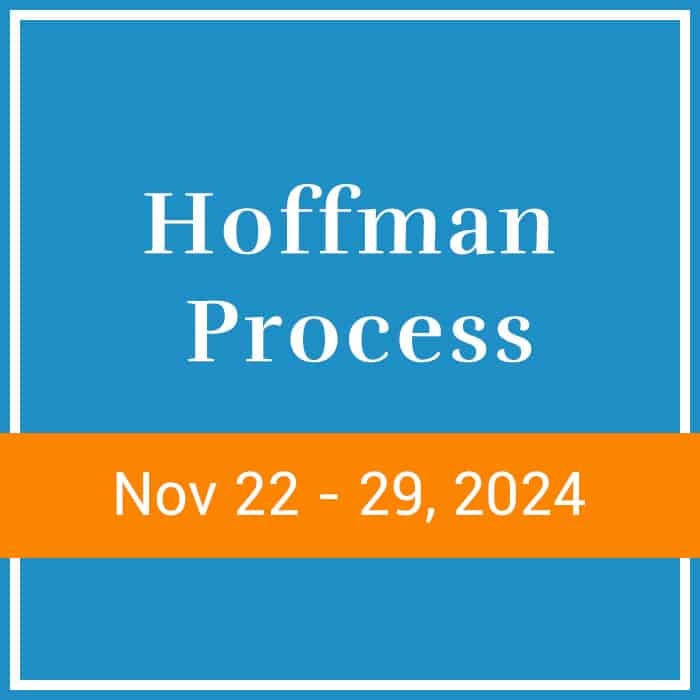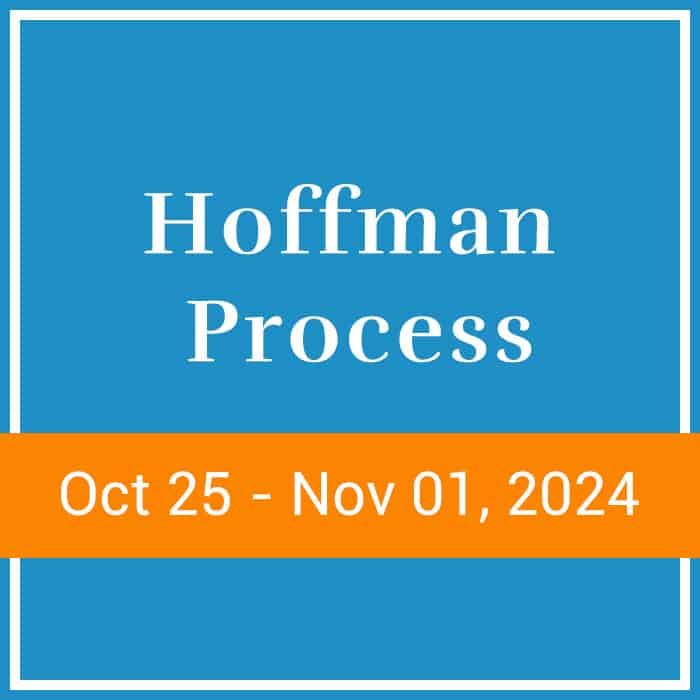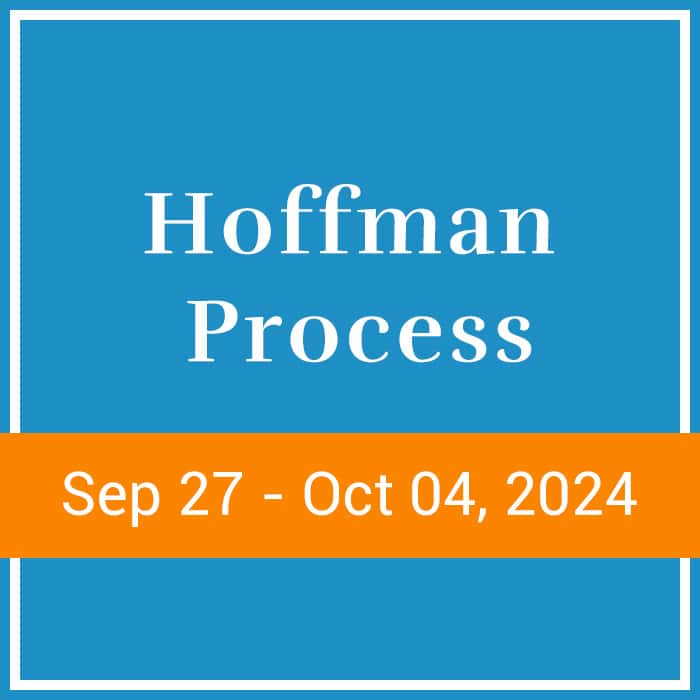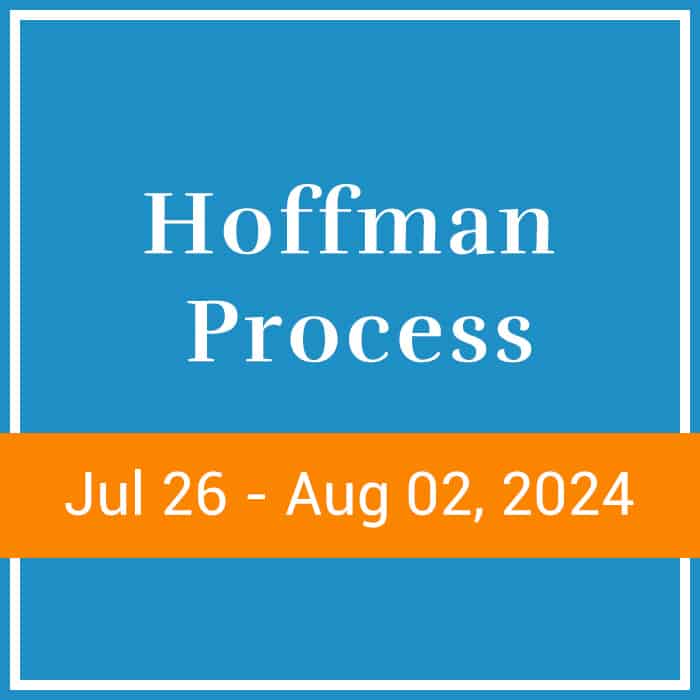Starting a new year offers a blank slate, leading many Australians — around 14 million — to make New Year’s resolutions every January. But when it comes to how many people keep their resolutions, the numbers are not so sunny. Research from the University of Scranton found that just 8% of people follow through. Why?
Where attention goes, energy follows. When we make New Year’s resolutions, it helps us get clear about where we want to place our attention. But for most people, this connection loosens once we slip back into our usual patterns and routines. These patterns and routines are often automatic, repeated over and over without much thought thanks to a part of the brain called the default mode network (DMN).
What is the DMN?
The DMN is an anatomically defined brain system that activates when individuals are not focused on the external environment. For most people, it’s the part of the brain that runs the show. In one 2015 study, researchers analysed the brain activity of people meditating and people left to think to themselves. They found that when people’s minds wandered, activity in the default mode network of the brain increased, while meditation caused a significant decrease in the DMN. Interestingly, another study revealed that when the brain recalled past information, activity in the DMN went up as if in passive mode. But when the brain was directed towards more focused activity like generating words, activity went down again.
How does the DMN wreck our New Year’s resolutions?
The DMN is the ultimate hijacker of New Year’s resolutions. When it’s running the show and we are stuck in passivity or rumination, there’s simply not enough brain power to develop new thoughts and new patterns. Energy flows in the other direction, back to the places where our attention remains fixed. Along with taking up a regular mindfulness practice to reduce activity in the DMN, one way to interrupt this automatic relapse into old patterns is to realign our attention with our intrinsic values.
How the Hoffman Process helps you become more aware of your values
Rumi famously wrote, “Your task is not to seek for love, but merely to seek and find all the barriers within yourself that you have built against it.” In the same sense, to better understand your values, you must remove the barriers standing in the way: your negative patterns and behaviours.
During the Process participants analyse their negative patterns and behaviours and trace them back to their family of origin. Then, through expressive emotional work and mindfulness, they consciously let go of what’s no longer serving them so that they can reclaim their innate loveability and the virtues they hold dear. They learn that the only way to bring meaning to their life’s path is to imbue it with love. Once they are in touch with what their heart longs for, their attention is redirected and enforced over time so that their values are always at the forefront of their consciousness. Stronger than any New Year’s resolution they could ever make, the Process allows participants to start living with intention, not just this year, but for many years to come.
How to keep your time at the Hoffman Process fresh
If you completed the Process but have fallen back into old patterns, revisiting some of the tools you learned there can help you get back on track. One tool you can revisit right now or at the start of each day is the quadrinity check. Here’s how:
- Close your eyes and allow yourself to feel grounded in your being.
- Check in with your body: Notice your posture, physical sensations, and energy level. Breathe and listen. What does your body need?
- Check in with your emotional self: What is your emotional self feeling? What does it need or want?
- Check in with your intellect: What is your intellect thinking? What does it need or want? Is it working with your emotional self or is there a conflict between what you’re feeling and thinking?
- Check in with your spiritual self: What are your spiritual self’s qualities today? Does it have a message to give? Do you have a request? Envision your spiritual self standing in front of you and imagine it sending love and light to your emotional self, toward the heart centre. This is a useful way to develop and practice self-love.
There are also a number of ongoing offerings from Hoffman grads, such as the Circle of Integration series, the Hoffman Community Support Call and The Retreat.
Find out more about the Hoffman Process and explore more event dates here.
This article was contributed by Erica Garza. Follow @ericadgarza on Instagram
References:










